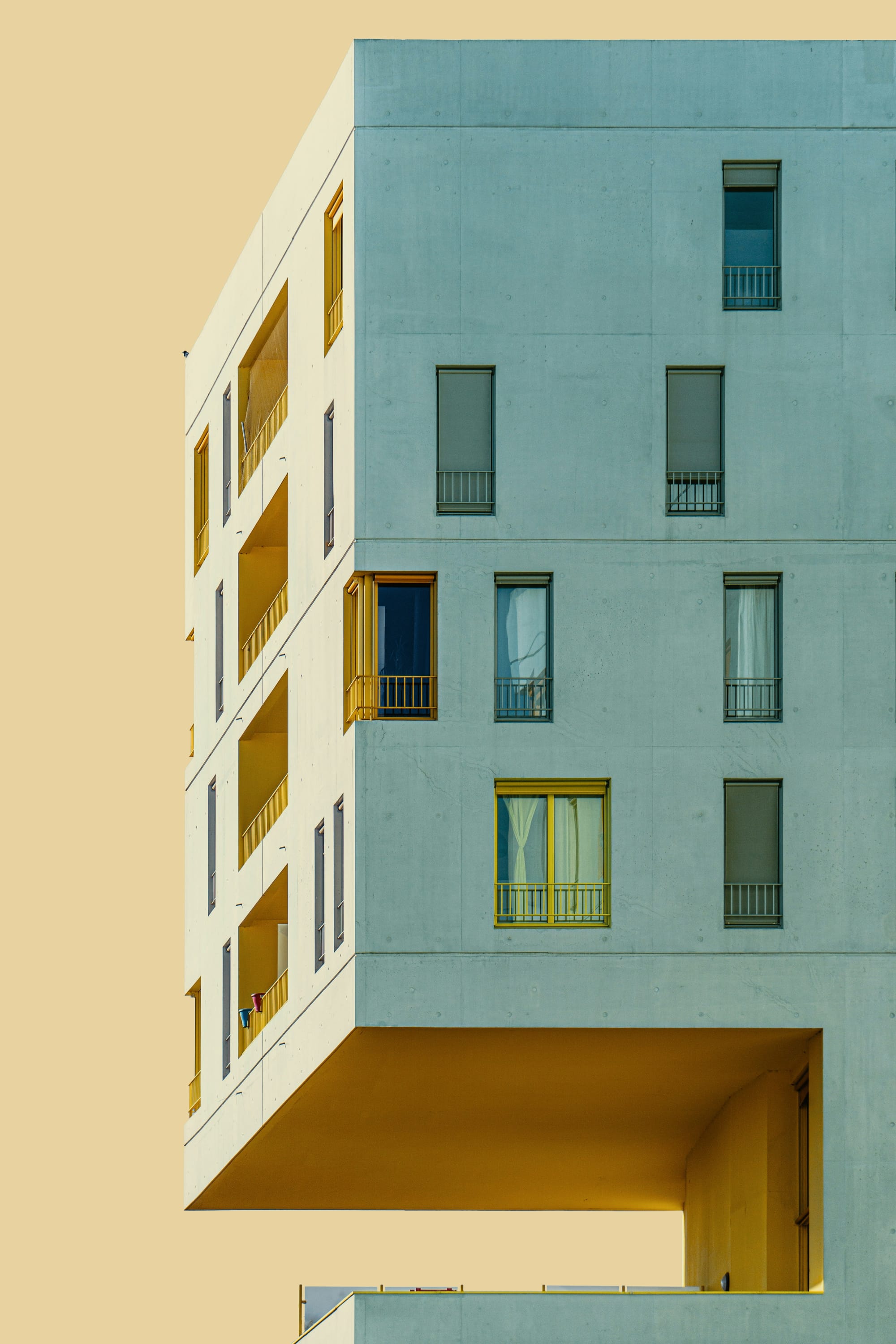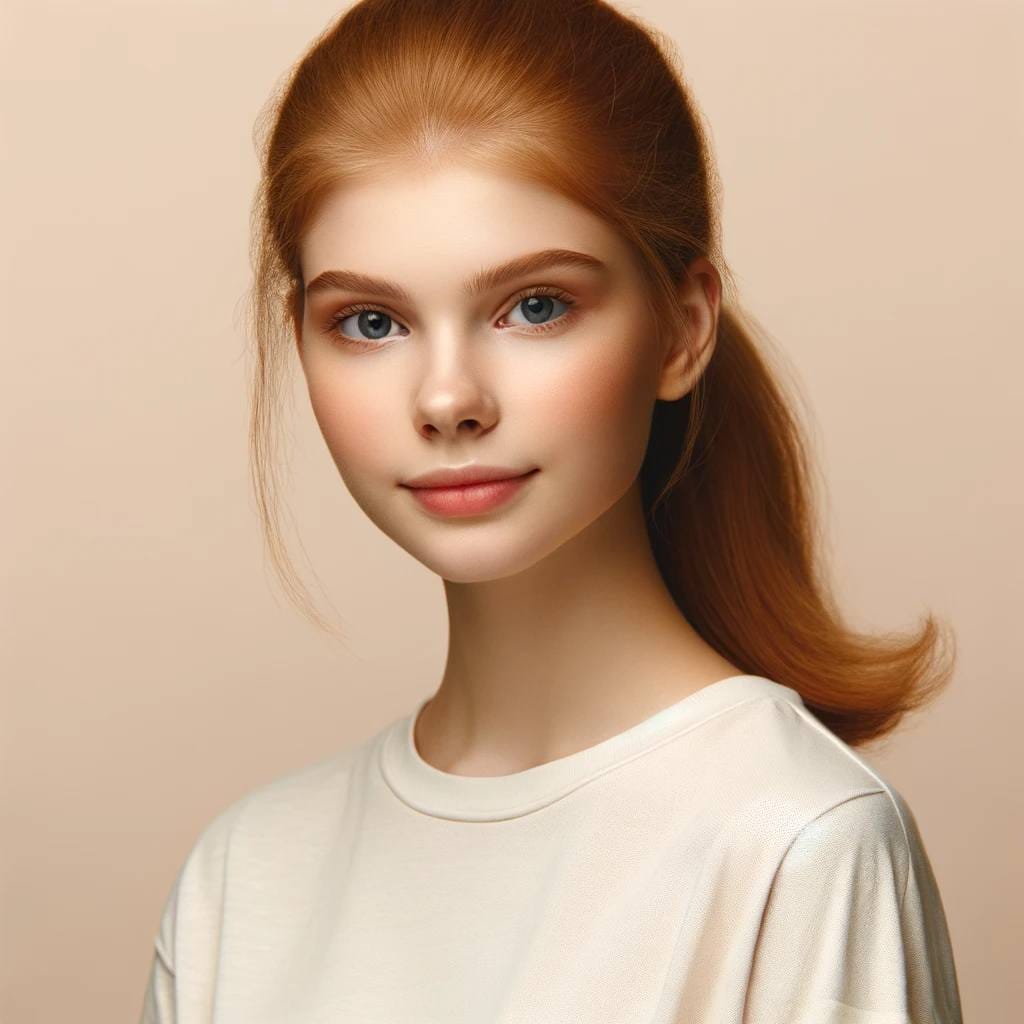This piece captures the essence of how urban architecture utilizes the interplay of light, shadow, and geometric forms to create visually compelling structures. The showcase aims to explore the transformative power of these elements in shaping our cities.
Urban architecture transcends mere construction; it involves crafting spaces that resonate with human emotions and experiences. One of the most profound methods architects employ is the manipulation of geometry and light. By understanding how forms interact with natural and artificial light, designers create environments that are both functional and aesthetically captivating.
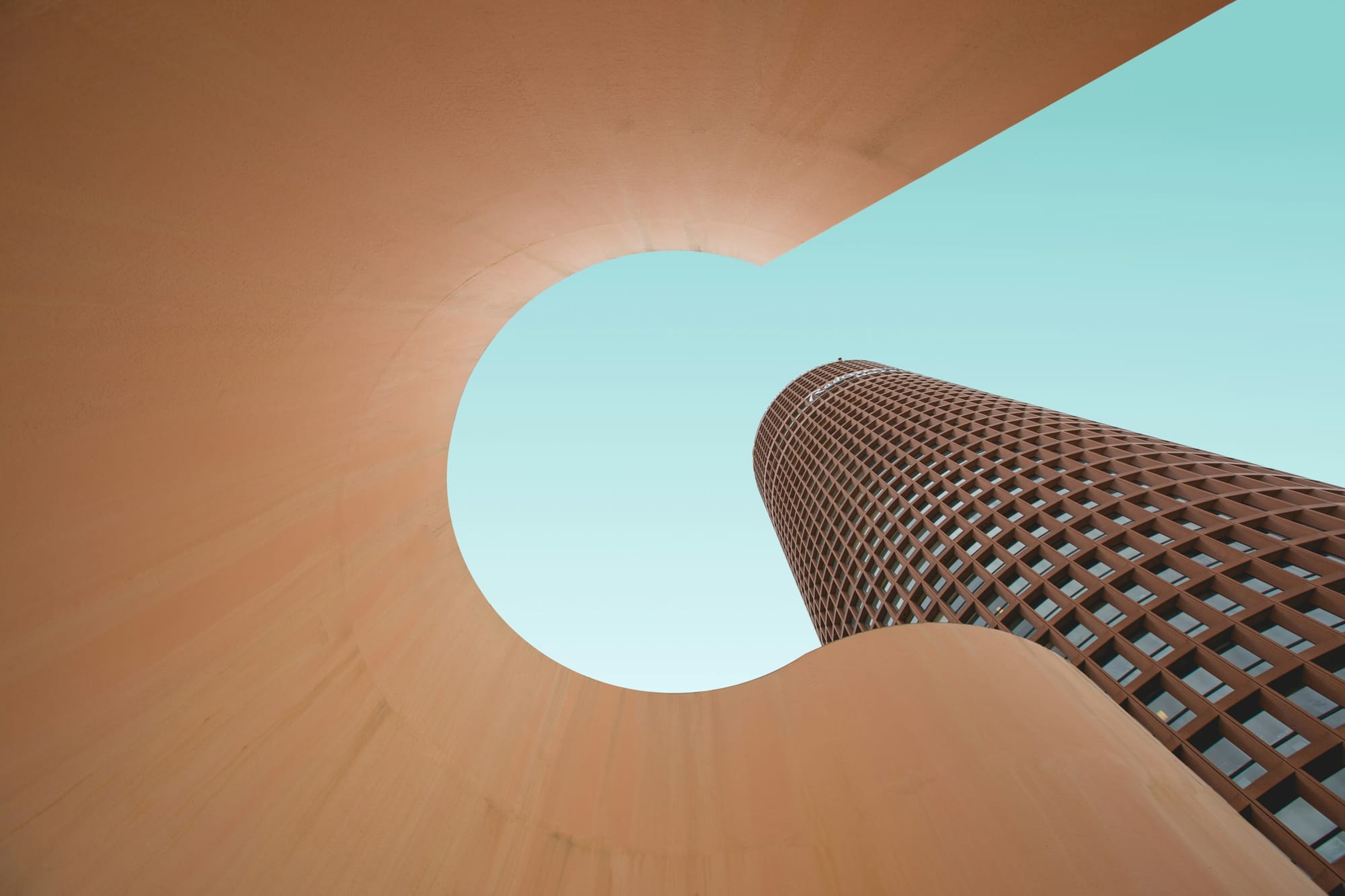
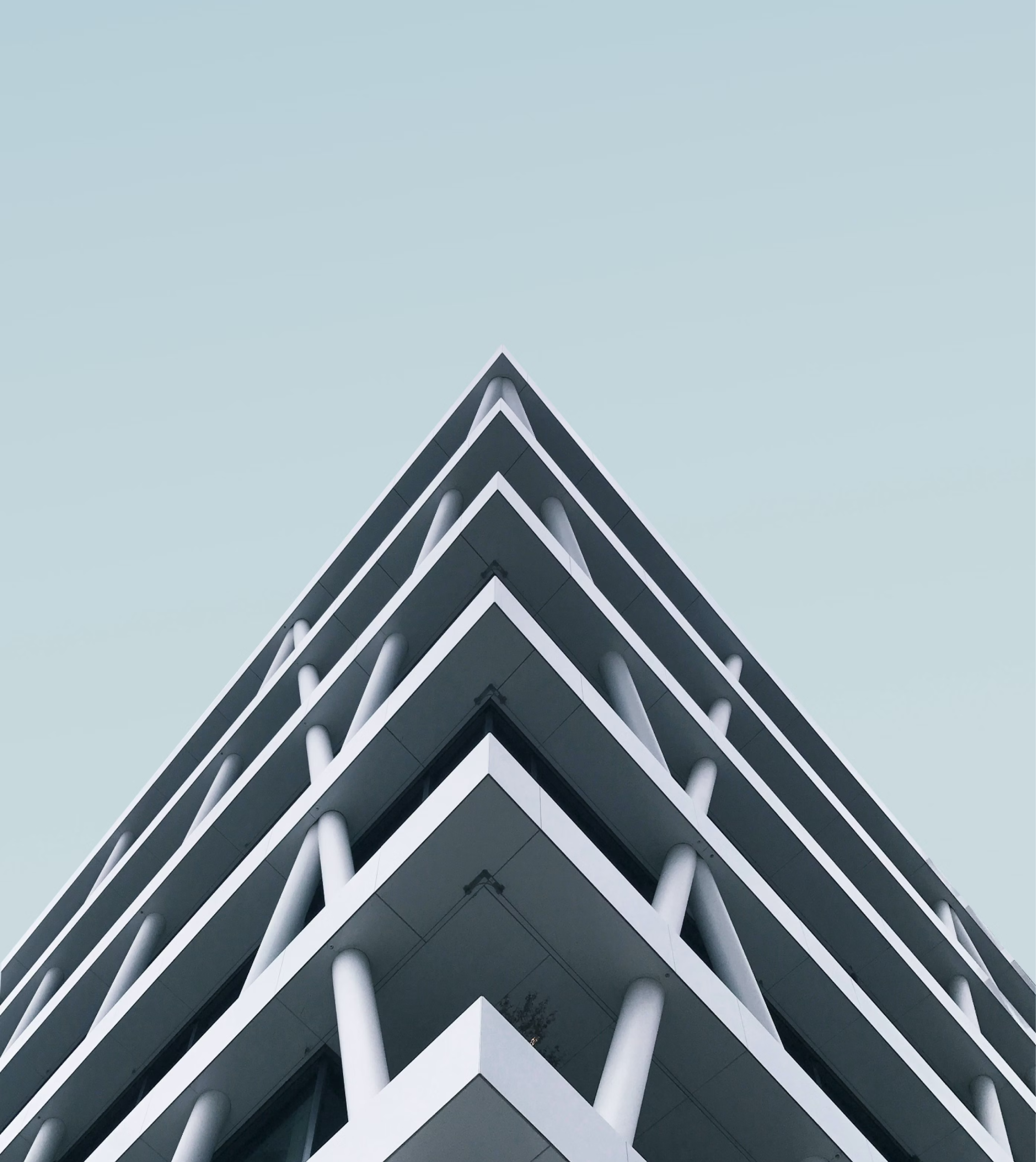
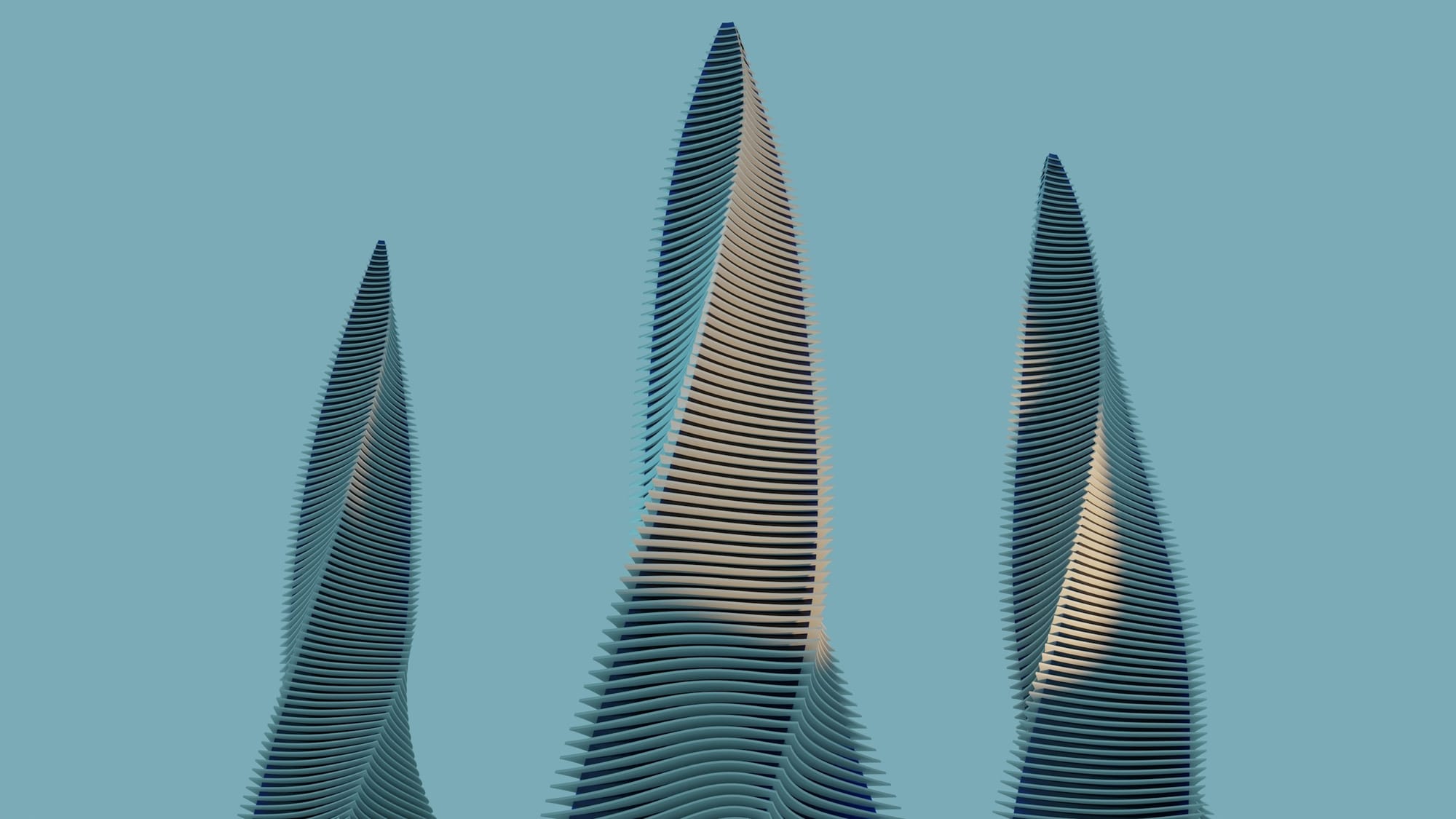
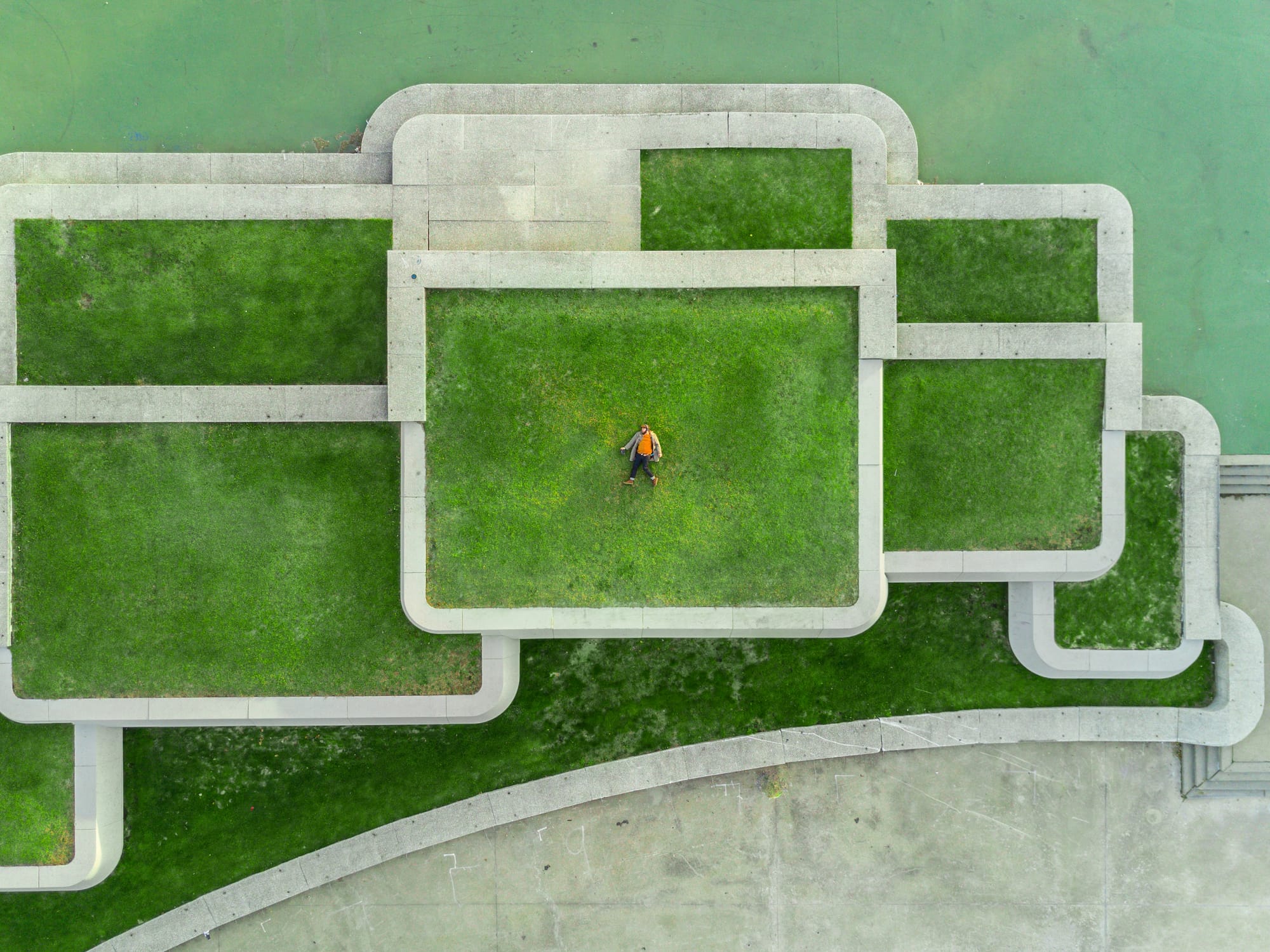
Photos by multiple authors on Unsplash
The Symbiosis of Geometry and Light
Geometry is the foundational language of architecture, dictating the shapes and forms that define our built environment. When these geometric forms are thoughtfully designed to interact with light, they transform ordinary structures into extraordinary experiences.
As light interacts with geometric forms, it casts shadows that enhance or alter the perception of space. This dynamic interplay creates patterns and textures that change throughout the day, adding depth and interest to architectural elements.
The use of perforated facades, angled surfaces, and strategically placed openings manipulates light to create dramatic effects within both interior and exterior spaces.
In densely built urban areas, careful consideration of light and shadow is essential. Tall buildings can block sunlight, leading to dark, uninviting streets. Architects address this challenge by designing structures that reflect light into shaded areas or incorporating voids and setbacks that allow sunlight to penetrate deeper into the urban fabric.

Architectural Masterpieces: Light and Shadow at Work
Several contemporary buildings exemplify the successful integration of geometry and light to create visually compelling urban spaces.
The Louvre Abu Dhabi
Designed by architect Jean Nouvel, the Louvre Abu Dhabi features a vast domed roof constructed from a complex geometric lattice. This "floating dome" allows sunlight to filter through, creating a mesmerizing "rain of light" effect within the museum's galleries. The interplay of light and shadow under the dome evokes the feeling of sitting beneath a canopy of palm trees, connecting modern architecture with traditional Middle Eastern design.
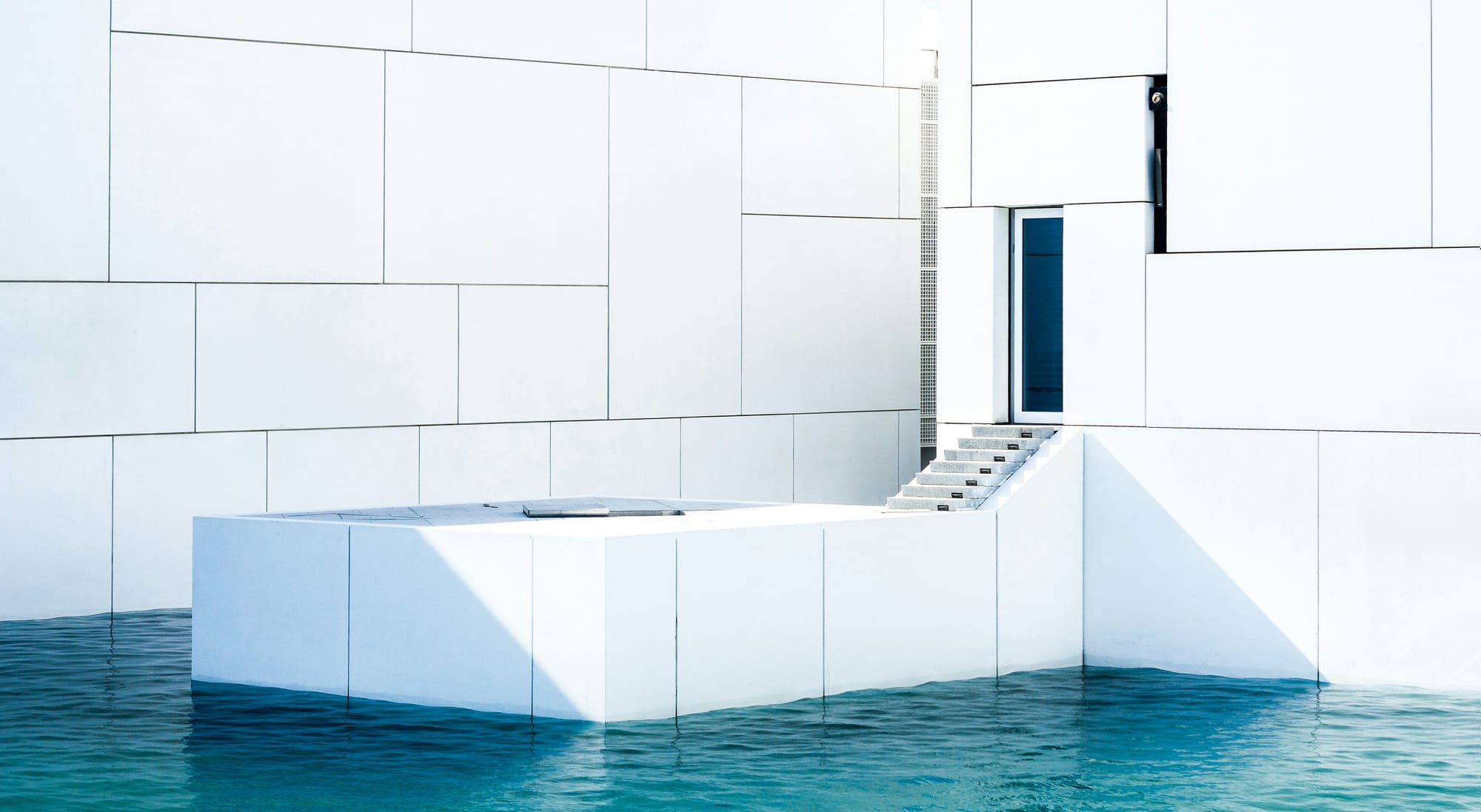
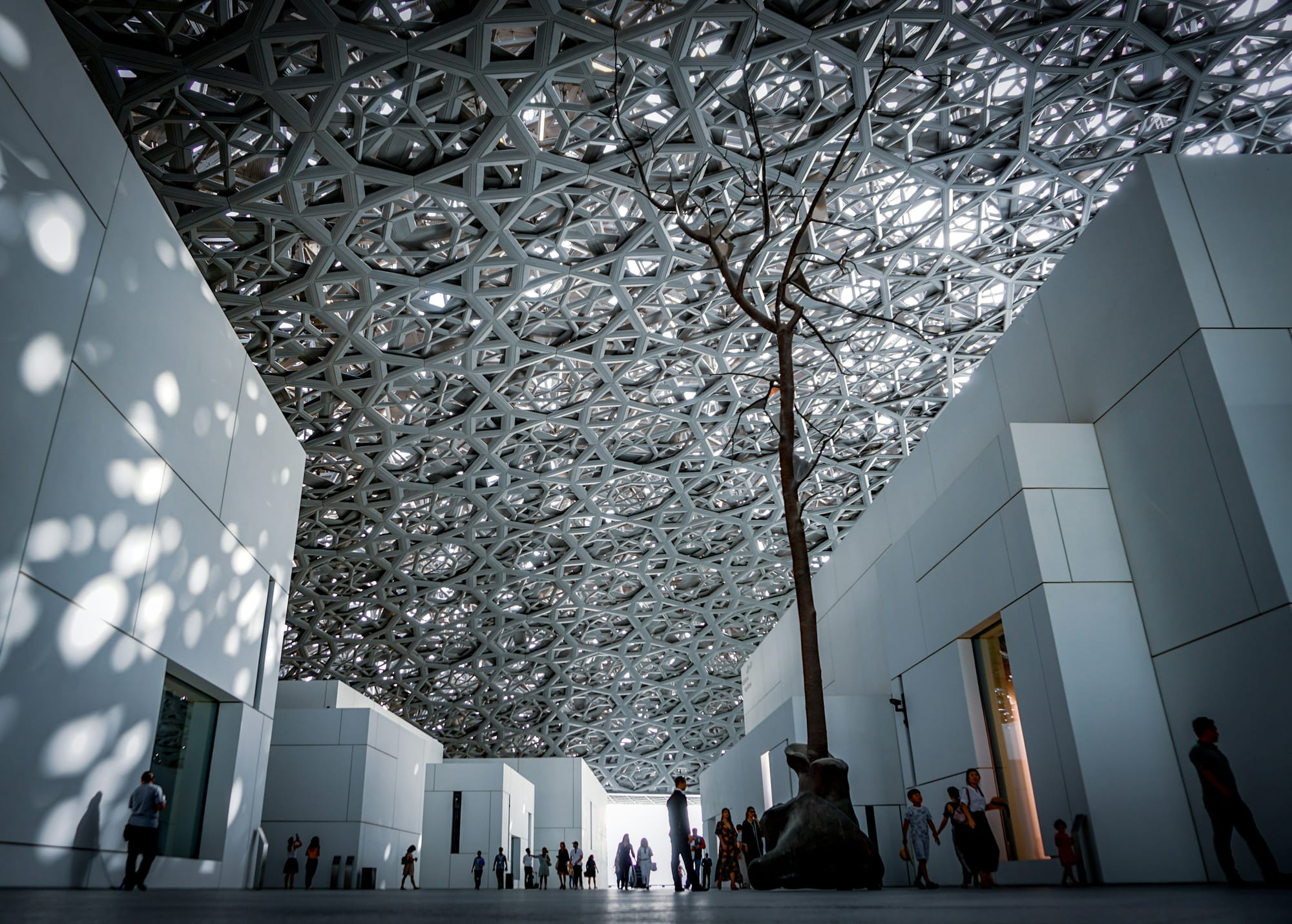
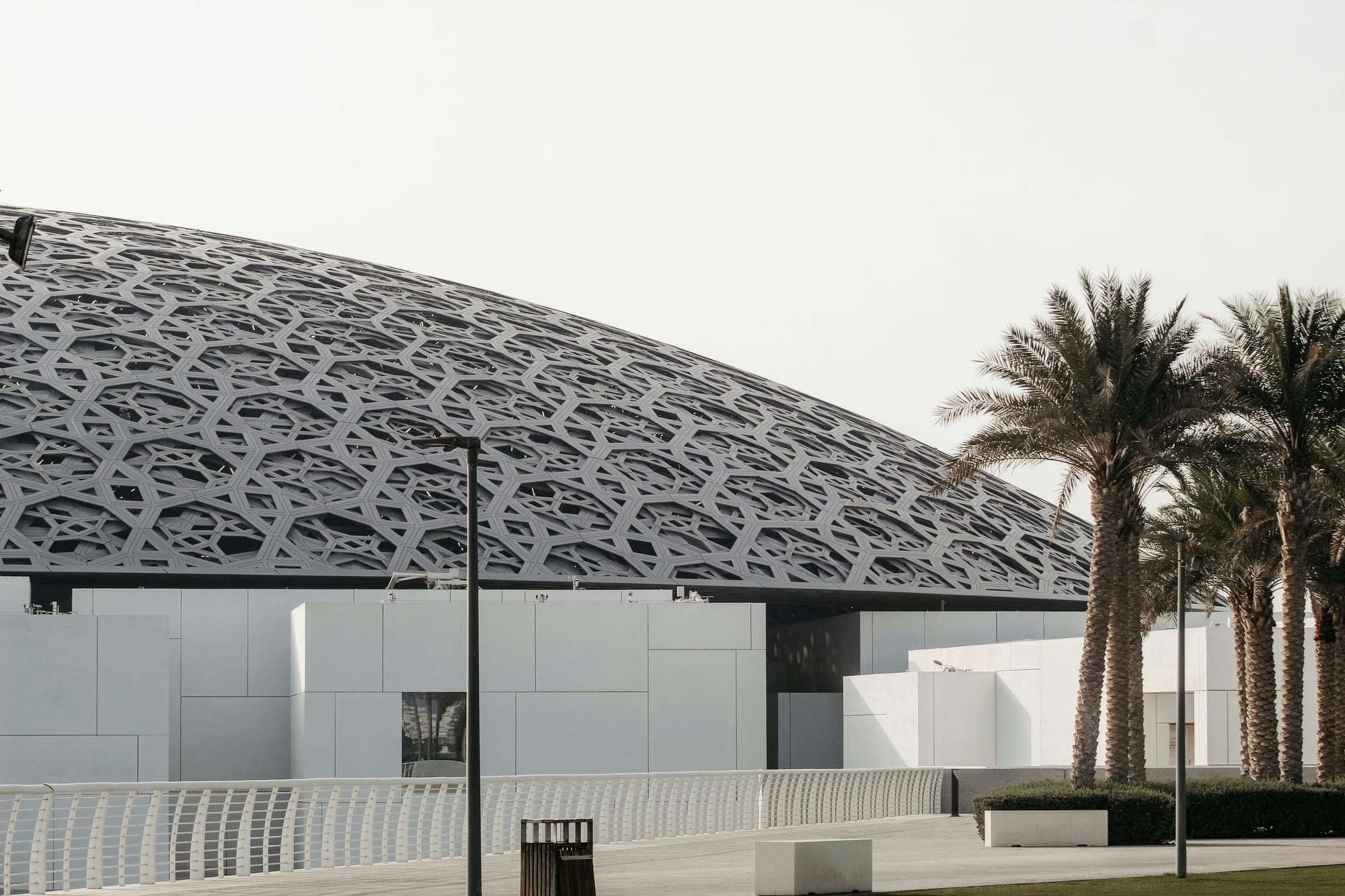
Louvre Abu Dhabi - multiple authors on Unsplash
Nouvel aimed to create a space where visitors feel a deep connection between the building, the artworks, and the surrounding environment. The use of light as a primary design element achieves this harmony, demonstrating how geometry can be harnessed to manipulate light innovatively.
The Chapel of St. Ignatius, Seattle
Architect Steven Holl's Chapel of St. Ignatius at Seattle University is another example of light and geometry working in concert. Holl conceptualized the chapel as a "gathering of different lights," using varying geometric volumes to capture light differently throughout the day. The result is a spiritual space where light and shadow shift continuously, enhancing the contemplative atmosphere.
Holl's design illustrates how architectural forms can be shaped to interact with natural light, creating spaces that evoke emotional responses and enrich the user experience.
Premium Content for Premium Tier
Join our community and choose a membership tier to access exclusive stories.
Sign UpAlready a member? Sign In

